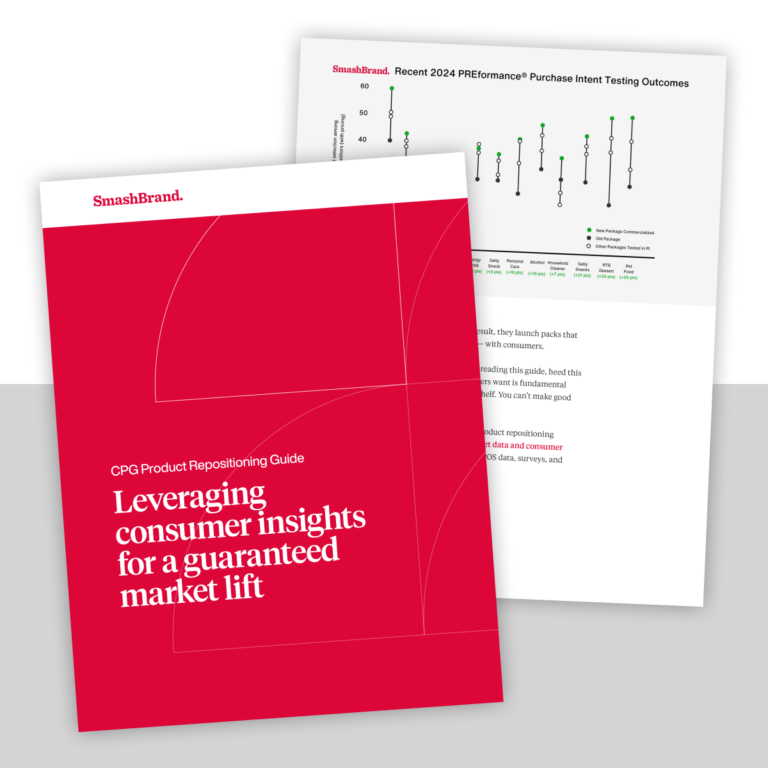Package designers are notorious for thinking of packaging concepts that appeal to package designers more than the general public. If they wind up on the shelves, these package designs could turn the packaging, marketing and whatever-product-they-contain’s world upside down. Or they could thoroughly confuse or offend the audience they’re trying to attract and bring shame and disgrace to everyone involved. It’s a fine line.
Everyone, regardless for their individual affection for design and beauty, responds to a pretty package, but if the package is merely pretty without being effective, it will drive customers away from the product. Likewise, if the package design is too Spartan. If the package doesn’t broadcast the product’s benefits via the strength and usefulness of the design, it will devalue the product inside.
We’ve talked about packaging issues that have bugged us as designers, but customers have different standards. Here are five common and totally avoidable packaging problems that will cause customers to avoid your product like the plague.
1. Can’t open it.
Seems pretty simple, doesn’t it? A package should be openable if the consumer will be able to use it. However, some packages (largely the dreaded clamshell packages) are so aggressively encased in their stiff plastic packages that they can’t be opened without the aid of a Hattori Hanzo sword. Moreover, shearing open the package creates lethal exposed edges. Believe us, potentially fatal package design is enough to drive a consumer away forever, or at least post really off-color and damaging Tweets.
2. Uses too much, or unrecyclable, material.
In old movies and television shows that depict what was imagined to be the 21st century, there is always huge amounts of highly sanitized, individual product packages – largely in the form of nutrient pills that make consuming full meals easy and convenient. Funny how, now that we’re actually in the 21st century, that ideal has become the exact opposite of what we find acceptable, and we’re back to agrarian principles and we happily look up ways of making homemade preserves and mulberry cider on our iPads.
In an age where “environmentally responsible” has become a cynical marketing buzz phrase, it seems ridiculous that some companies are still packaging tiny items in gargantuan amounts of material or materials that are thoroughly unnecessary considering the products they contain. This mistake will certainly drive away the eco-consumers and could result in the kind of publicity you don’t want.
3. Packaging is flimsy.
Packaging is a great delivery system for brand messaging and product use, but packaging is supposed to protect the product during shipment and storage. If it fails to protect the product, it fails to have a point.
The product is in danger of becoming damaged in shipment, and the brand is in danger of developing an image for cheap or shoddy goods. Even if the product itself is just fine, a luxury item in a plastic bag gives off the wrong message, if the message is: “Spend a huge amount of money on this product.”
4. Packaging doesn’t look like what it contains.
Consumers devote a mere fraction of a second to the retail shelf and individual product scrutiny. The business will suffer if your product packaging is vague or misleading in terms of the type or quality of article it contains.
Packaging that is deceptive or confusing will not only fail to attract a consumer base, but it could also potentially injure the consumers who do purchase it.
5. Packaging is overly designed.
We’re all for stylishness, but getting so incredibly creative with packaging design it alienates the consumer is just shooting yourself in the foot with a style gun.
Packaging concepts that were ill-conceived or overthought aren’t just rookie mistakes, either – huge corporations have been guilty of it. When you’re thinking, “Hey, wouldn’t it be cool if my line of mechanical pencils and refill leads was shaped like syringes and packets of heroin?” it’s time to take a time out.
Packaging can just as easily draw a customer in as it can push him away. Make sure you consider public fascination when designing your package, and ask yourself, “Will the average consumer find a toothpaste tube in the shape of a potato gun as fascinating as I do?” We’ll answer that for you: No.
Data-Driven Brand Development
Want a best-selling brand? SmashBrand is a brand development firm for FMCG and CPG companies. From brand strategy to packaging design testing, our Path To Performance™ process guarantees a retail performance lift. Book a time to discuss your project with our team.
Subscribe to
Nice Package.
A monthly newsletter that unpacks a critical topic in the FMCG & CPG industry.
Free Resource.

CPG product repositioning guide.
Explore the five undeniable signs your CPG product needs repositioning along with strategies for leveraging consumer insights for a guaranteed market lift.
Learn More About CPG product repositioning guide.